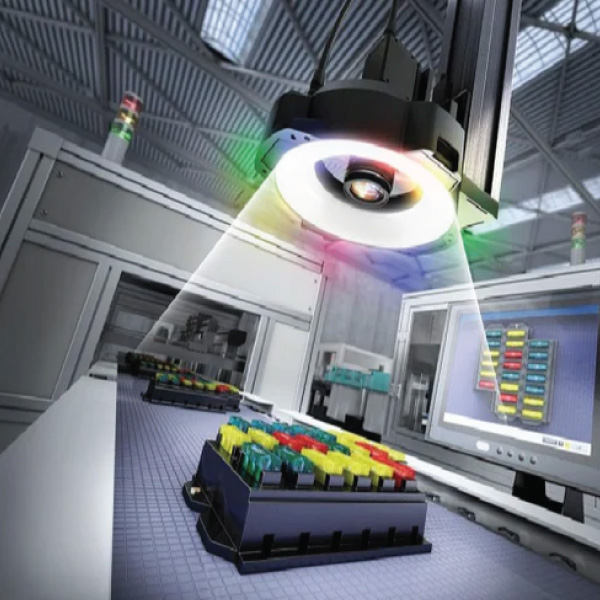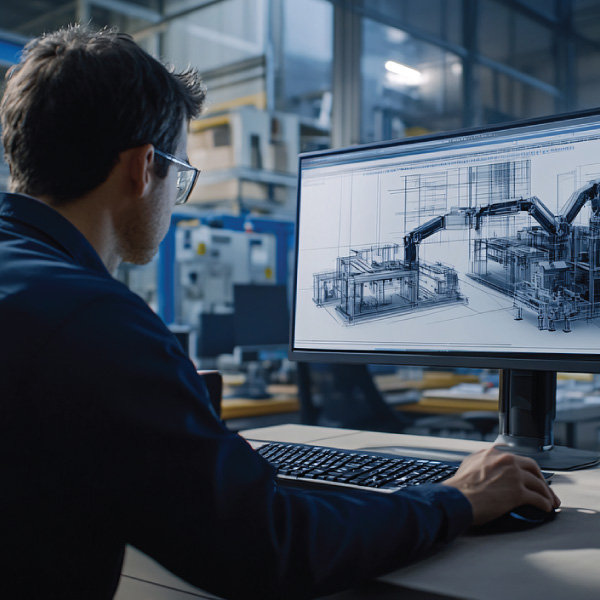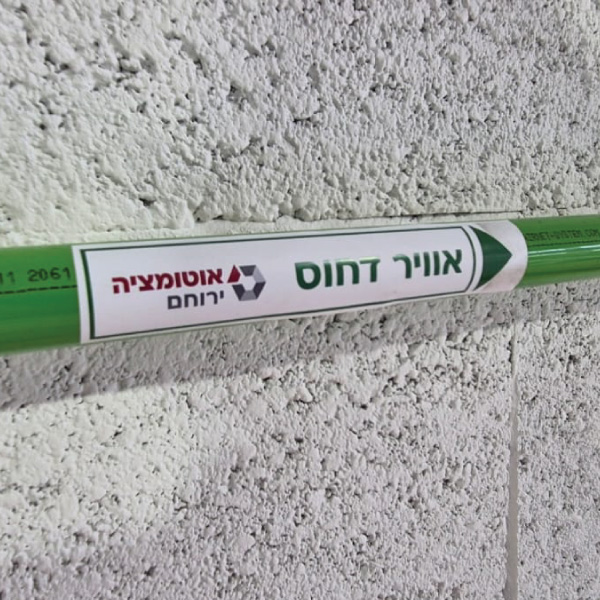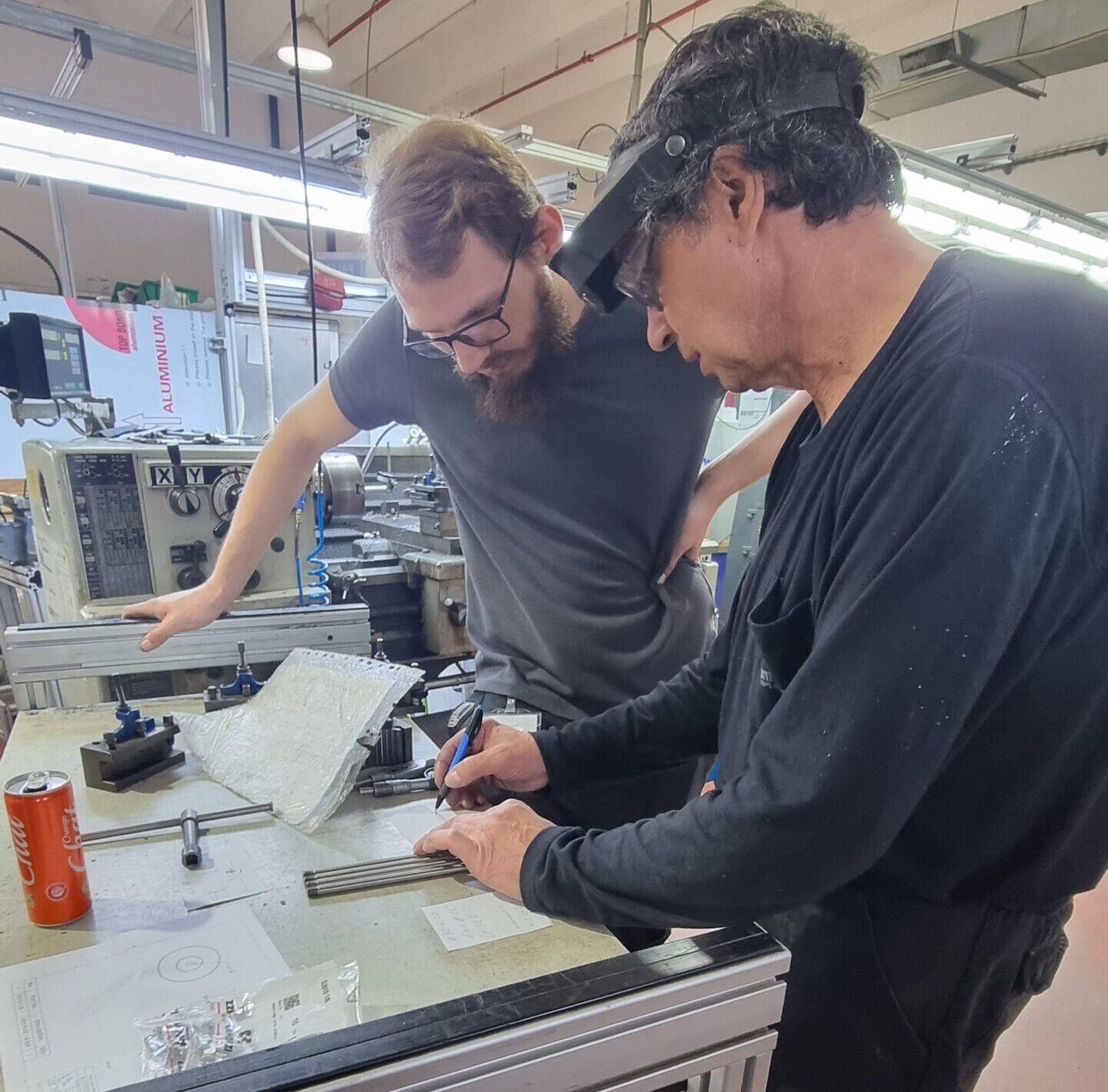The wastewater treatment industry is vital in environmental protection and water resource management. With population growth and increasing awareness of sustainability, the demand for innovative solutions to manage processes intelligently, efficiently, and cost-effectively continues to grow. Automation, robotics, and advanced air compressors offer powerful tools to address the industry’s most pressing challenges.
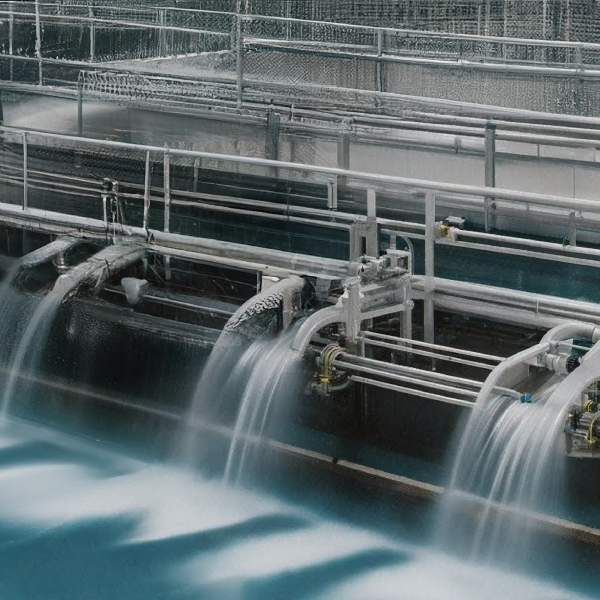


How Do Automation Solutions Work?
In wastewater treatment plants, every step of the purification process—from the moment wastewater enters the system to the release of treated water back into nature or for reuse—relies on precise stages that require constant monitoring and control. Automation solutions optimize these processes through:
1. Smart Sensor Systems
Advanced sensors monitor real-time data, including pH levels, dissolved oxygen, and temperature. This data is transmitted to a central system that automatically adjusts processes based on environmental requirements. For instance, a facility in Texas reduced its energy consumption by 20% by dynamically adjusting pump operations according to sensor data.
2. Advanced PLC (Programmable Logic Controllers)
PLCs oversee critical operations such as opening and closing valves, managing water flow between tanks, and controlling disinfection systems. In Copenhagen, a treatment plant uses PLCs to schedule sludge pumping, significantly reducing energy consumption and operational inefficiencies.
3. Efficient Air Compressors
Air compressors are essential for the aeration process-a key step in the biological breakdown of contaminants. Modern compressors equipped with VSD (Variable Speed Drive) technology adjust their speed to meet system demands, saving energy while maintaining high performance. In France, a facility that adopted these compressors reduced energy costs by hundreds of thousands of euros annually.
Robotics in Advanced Treatment
Robotics is revolutionizing wastewater treatment by performing complex, labor-intensive tasks with greater efficiency and accuracy:
– Tank Cleaning and Filtration
Underwater robots clean sludge tanks and filtration systems autonomously, reducing labor costs and improving hygiene. A Dutch plant, for example, reduced manual labor hours by 30% with the introduction of robotic cleaning systems.
– Preventive Maintenance
Robotic systems equipped with advanced sensors and mechanical arms detect issues such as corrosion or leaks and perform quick repairs without requiring full facility shutdowns.
– Sample Collection
Robots collect water samples with precision and speed, ensuring adherence to strict monitoring protocols while minimizing human intervention.
The Future of Automation in Wastewater Treatment
Emerging technologies are poised to further transform wastewater treatment plants, making them smarter, greener, and more efficient:
1. AI and Advanced Analytics
Artificial intelligence will enhance predictive maintenance, optimize real-time operations, and improve decision-making using dynamic models and machine learning.
2. Integration with Renewable Energy
Automation systems will integrate seamlessly with renewable energy sources such as solar power and biogas, significantly reducing the carbon footprint of wastewater treatment facilities.
3. IoT-Based Sensors
Internet of Things (IoT) sensors will enable remote management and monitoring of facilities, facilitating autonomous decision-making and real-time adjustments to changing conditions.
4. Autonomous Robotics
Next-generation robots capable of learning and adapting to their environments will provide unparalleled efficiency in handling new challenges and operational complexities.
The integration of automation, robotics, and advanced air compressors is driving a transformative shift in wastewater treatment operations. These technologies provide cost-effective, precise, and sustainable solutions, improving efficiency while addressing environmental concerns. By adopting smart technologies, the industry is enhancing service quality and laying the foundation for a greener, more sustainable future.
